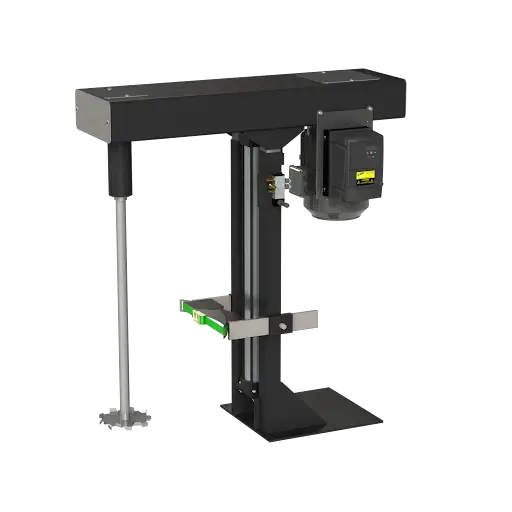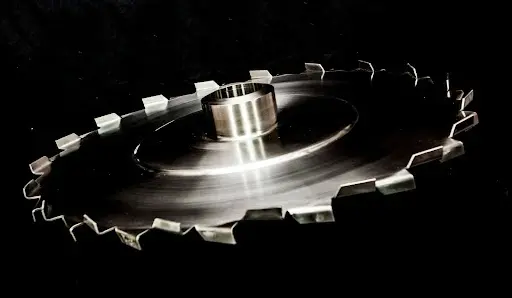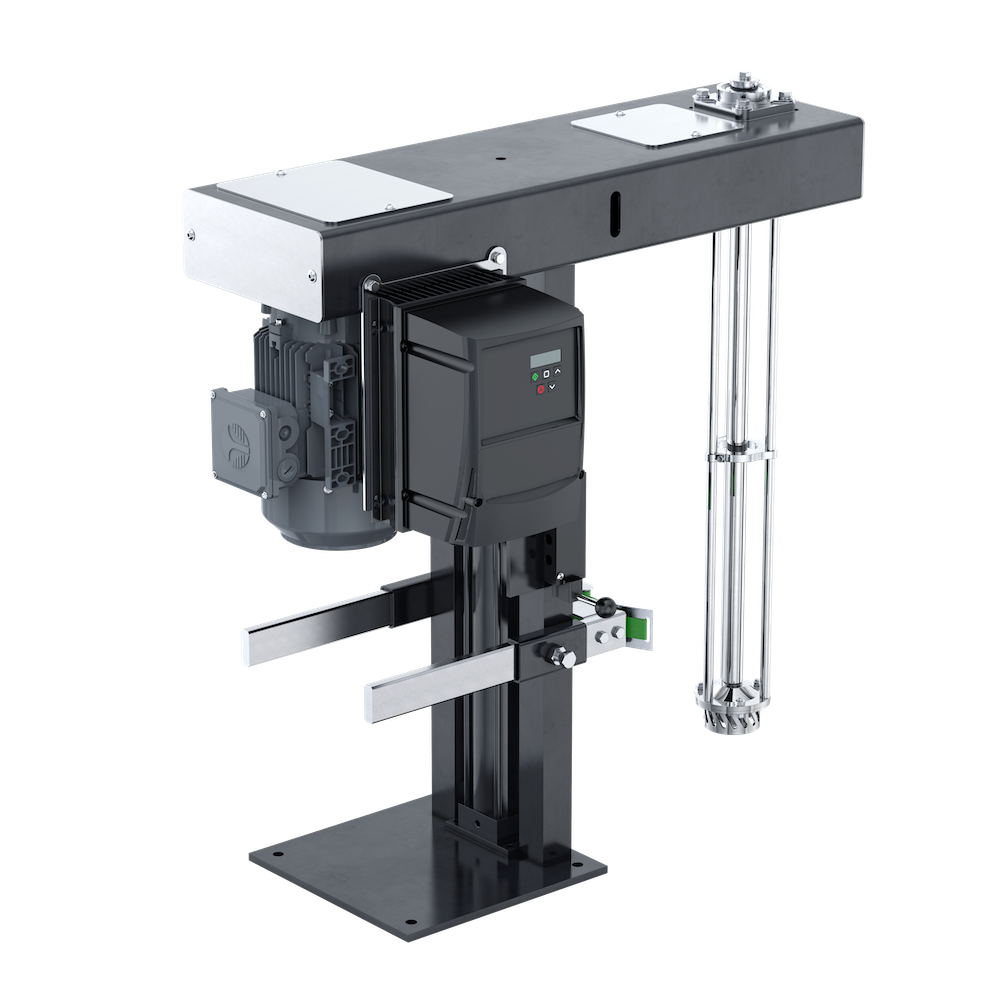A Guide to High-Speed Disperser Design: Engineering Mixing Perfection
Behind the power and efficiency of high-speed dispersers lies a world of design options, each carefully chosen to optimize performance and deliver...

Access MXD Process resources including blogs, technical guides, manuals, and maintenance tips—everything you need to optimize, troubleshoot, and expand your process knowledge.
Discover who we are, the industries we serve, and the trusted brands behind our process equipment and environmental solutions. Learn how our team brings precision, innovation, and reliability to every project.
Both high speed dispersers and homogenizers are pivotal in various industries, including food and beverage, pharmaceuticals, cosmetics, and chemicals, for creating smooth, uniform mixtures. However, despite their similar end goals, they operate on different principles and excel in different applications.
Here, we explore the inner workings of high speed dispersion mixers vs. homogenizers, exploring their functionalities, advantages, and applications to help you choose the right equipment for your needs.
High speed dispersers are designed to rapidly disperse, emulsify, lightly homogenize, and dissolve ingredients with high efficiency.
High speed dispersers work by introducing high levels of shear and energy into the mixing process, facilitated by a flat disc dispersion blade, or Cowles blade. A dispersion blade rotates at high speeds, creating a vortex that draws materials into the blade’s path. The sharp edges and geometry of the blades produce intense shear forces. This action reduces particle size and evenly distributes them throughout the mixture, ensuring a consistent and homogenous product.
By efficiently dispersing materials, these blades enhance the mixture’s quality, stability, and appearance.
The three main types of dispersion blades include Cowles, high flow, and ultra sheer:
Homogenizers are specialized equipment designed to reduce particle sizes of a suspension or emulsion, typically to the submicron level, thereby increasing stability and uniformity.
They work by forcing the product through a narrow gap at high pressure, causing the particles to break down due to intense shear, impact, and cavitation. Homogenizers are known for their ability to process products under high pressure, leading to exceptionally stable emulsions.
The two main types of homogenizers include:
Similar to high speed dispersers, they instead use a rotor-stator design and are typically used in bench-top or post-mounted batch processing.
This type involves forcing the product through a valve at extremely high pressures, ideal for achieving very fine particle sizes.
While both high speed dispersers and homogenizers aim to achieve uniform and stable mixtures, their methodologies and outcomes have distinct differences:
The choice between a high speed disperser and a homogenizer depends on several factors, including the nature of the materials to be processed, the desired outcome, and the scale of production. Here are some considerations to guide your decision:
Both high speed dispersion mixers and homogenizers play crucial roles in industrial mixing and emulsification. Understanding the unique capabilities and applications can help you make an informed decision tailored to your specific needs.
Whether you opt for the versatility of a high speed disperser or the precision of a homogenizer, selecting the right equipment is essential for achieving optimal product quality and process efficiency.
Need help deciding which mixer is best for your current production? Reach out to one of our experts today!

Behind the power and efficiency of high-speed dispersers lies a world of design options, each carefully chosen to optimize performance and deliver...

Let's be honest: if you're in the industrial manufacturing game, you're not messing around with handheld mixers or those countertop blenders you see...

The perfect lipstick glides on smoothly. The ideal face cream leaves a flawless finish. A great blush leaves the wearer … blushing.